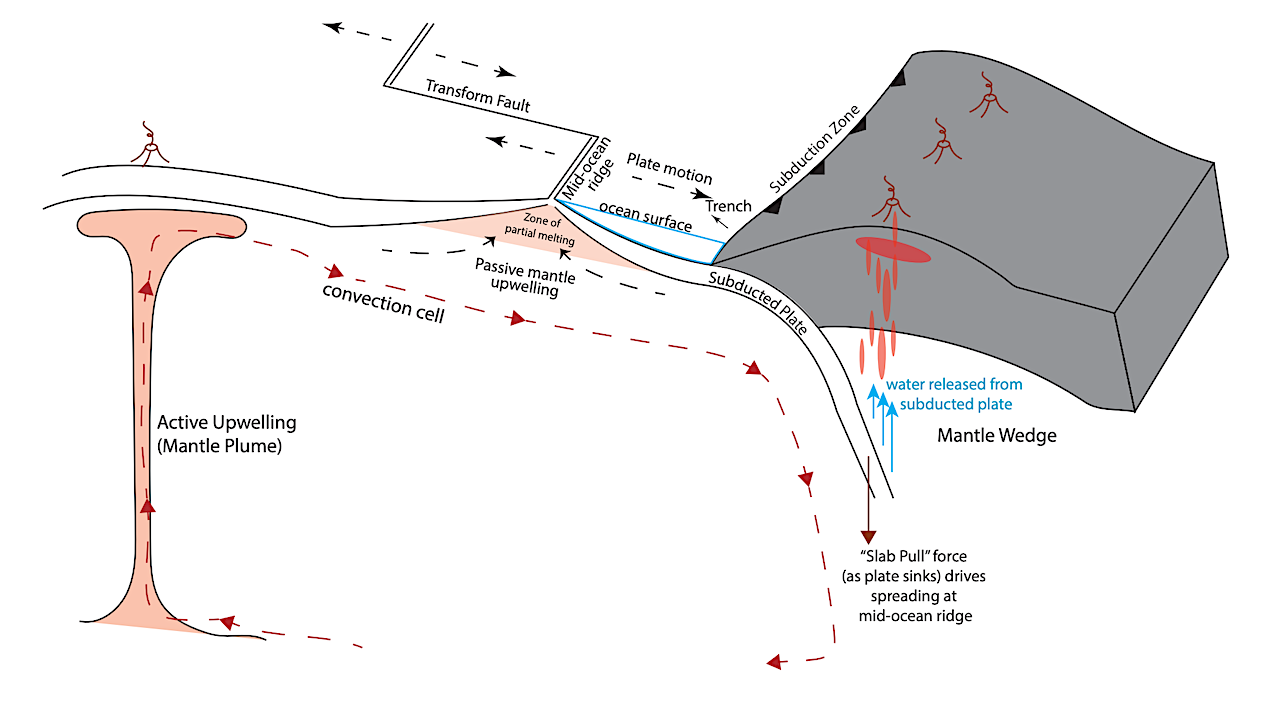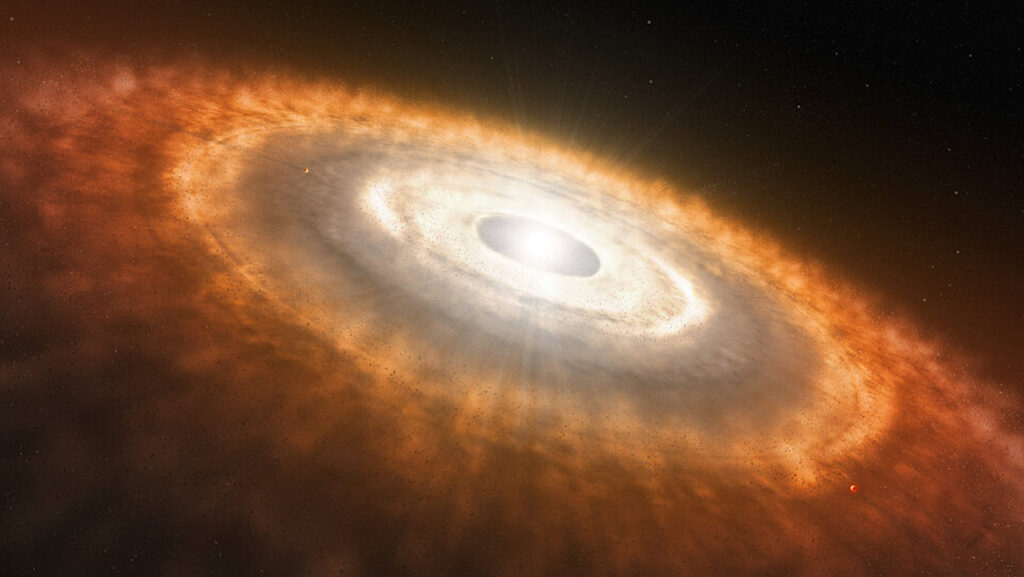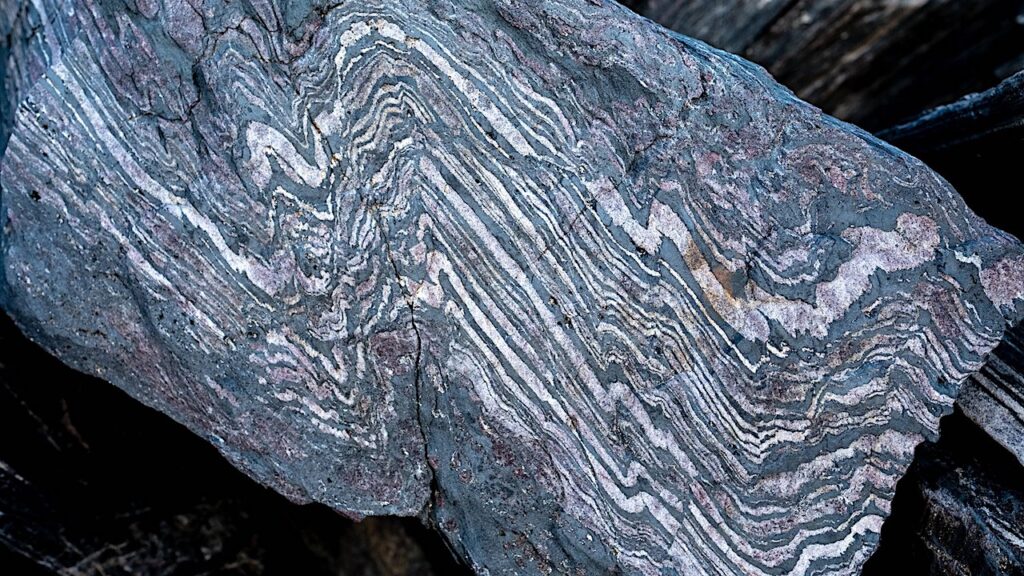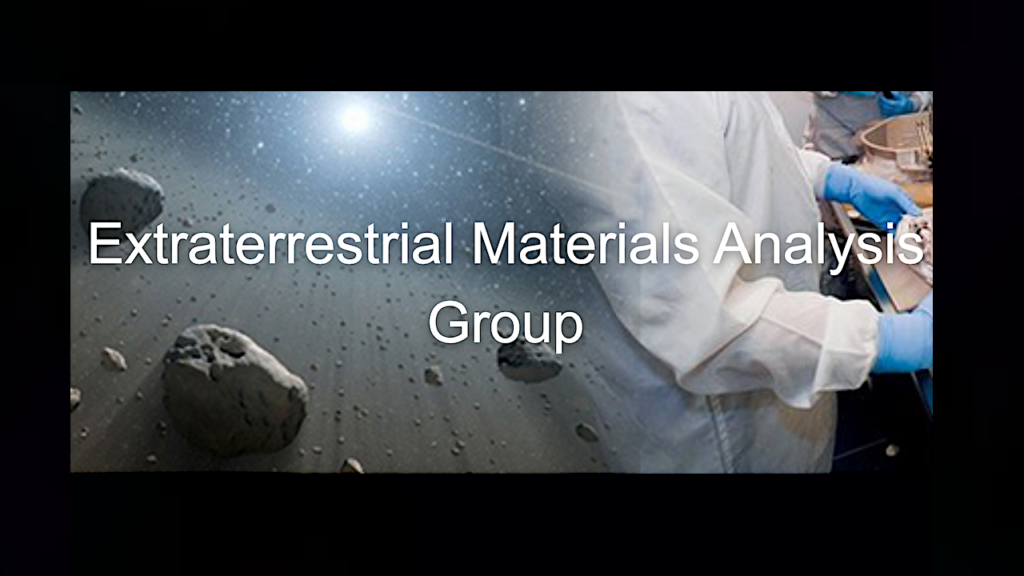Some Tectonic Concepts Relevant to the Study of Rocky Exoplanets

We’ll examine plate tectonics on Earth — its features and forces — and examine some concepts that may allow astronomers to ask useful questions regarding numeric models that putatively predict tectonic activity.
But exo-planetologists should be aware that geologists are still attempting to understand: why does Earth operates as it does, and so much differently than its neighbors? Has it always operated this way and have other planets of the inner Solar System ever mimicked Earth’s behavior in their past? These problems are unsolved, though some interesting speculative notions have emerged.
Studies by Foley et al. et al. (2012) and Weller and Lenardic (2018), for example, attempt to distill the essential planetary properties that may influence if not dictate possible tectonic states, while Yin et al. (2016) propose a model of planetary tectonic surface features that appears remarkably precise. These studies yield some compelling expedients for analyses of planetary objects both within and outside our Solar System.
Keith D. Putirka
Comments: Chapter 9 accepted for publication in the Reviews in Mineralogy and Geochemistry (RiMG) Volume 90 on “Exoplanets: Compositions, Mineralogy, and Evolution” edited by Natalie Hinkel, Keith Putirka, and Siyi Xu; 18 pages, 4 figures, 1 table, and 7 equations
Subjects: Earth and Planetary Astrophysics (astro-ph.EP); Solar and Stellar Astrophysics (astro-ph.SR); Geophysics (physics.geo-ph)
Cite as: arXiv:2404.15428 [astro-ph.EP] (or arXiv:2404.15428v1 [astro-ph.EP] for this version)
Submission history
From: Keith D. Putirka [via Natalie Hinkel as proxy]
[v1] Tue, 23 Apr 2024 18:19:16 UTC (1,782 KB)
https://arxiv.org/abs/2404.15428
astrobiology








